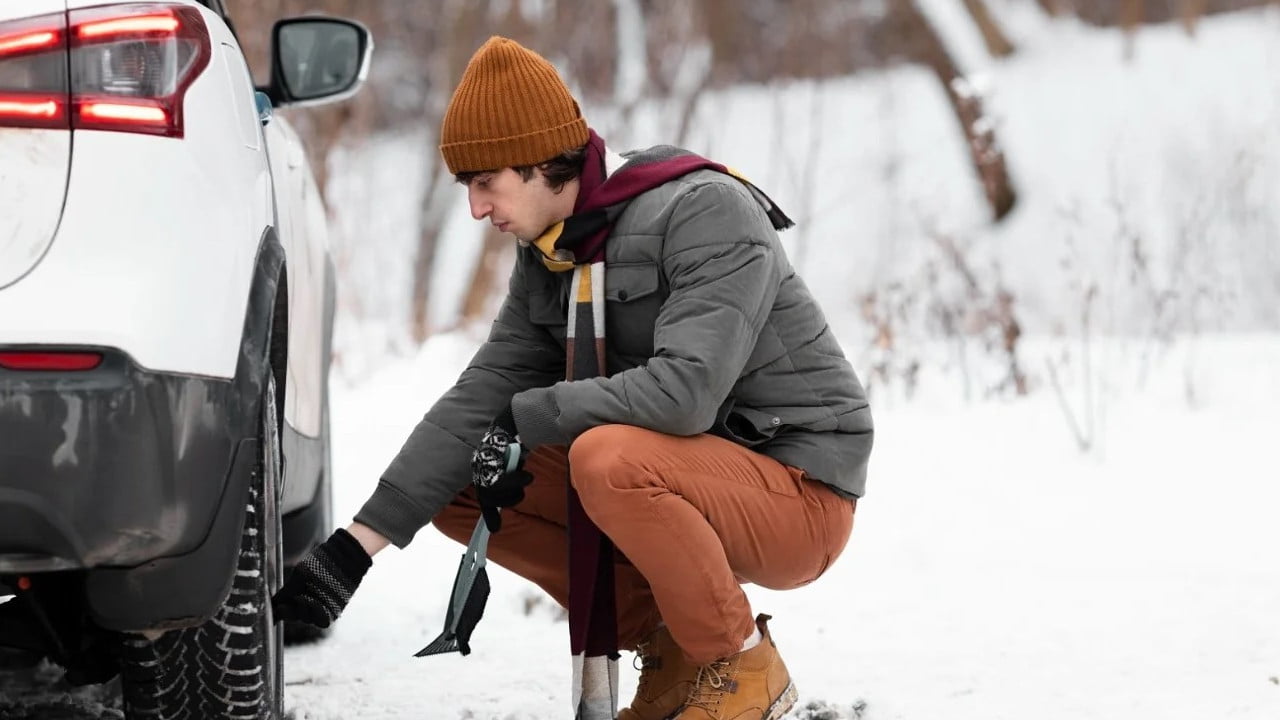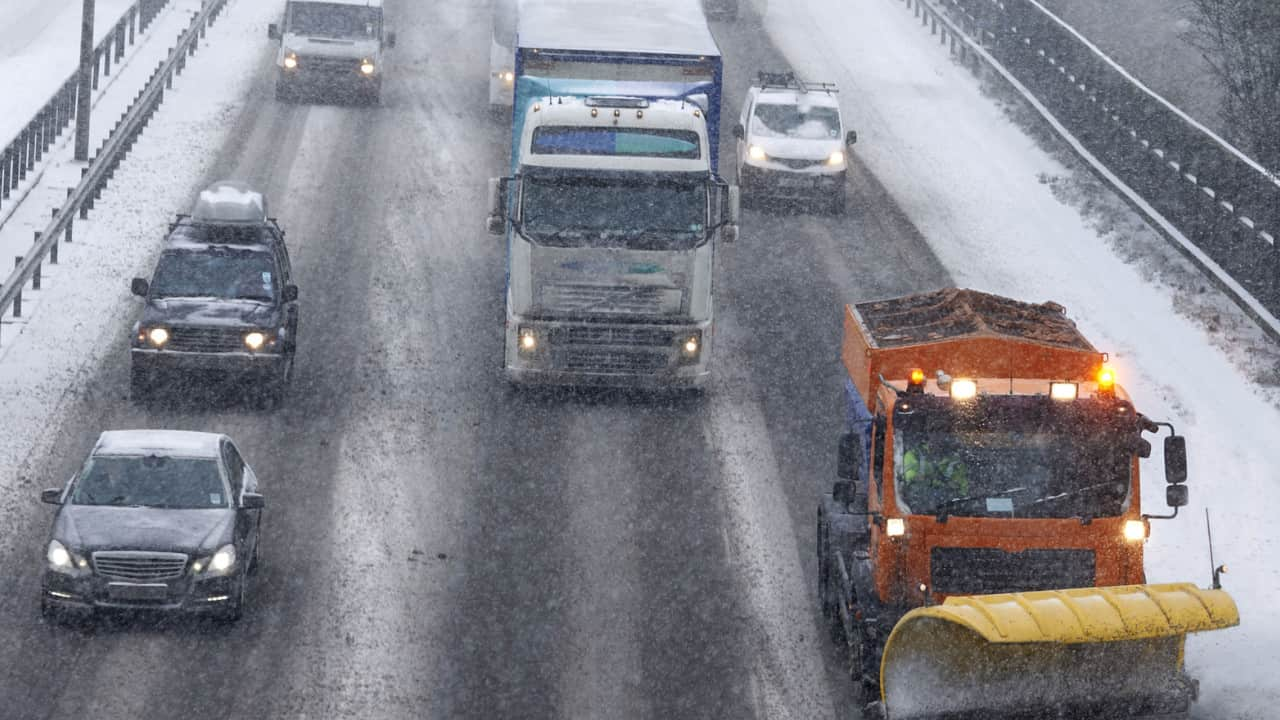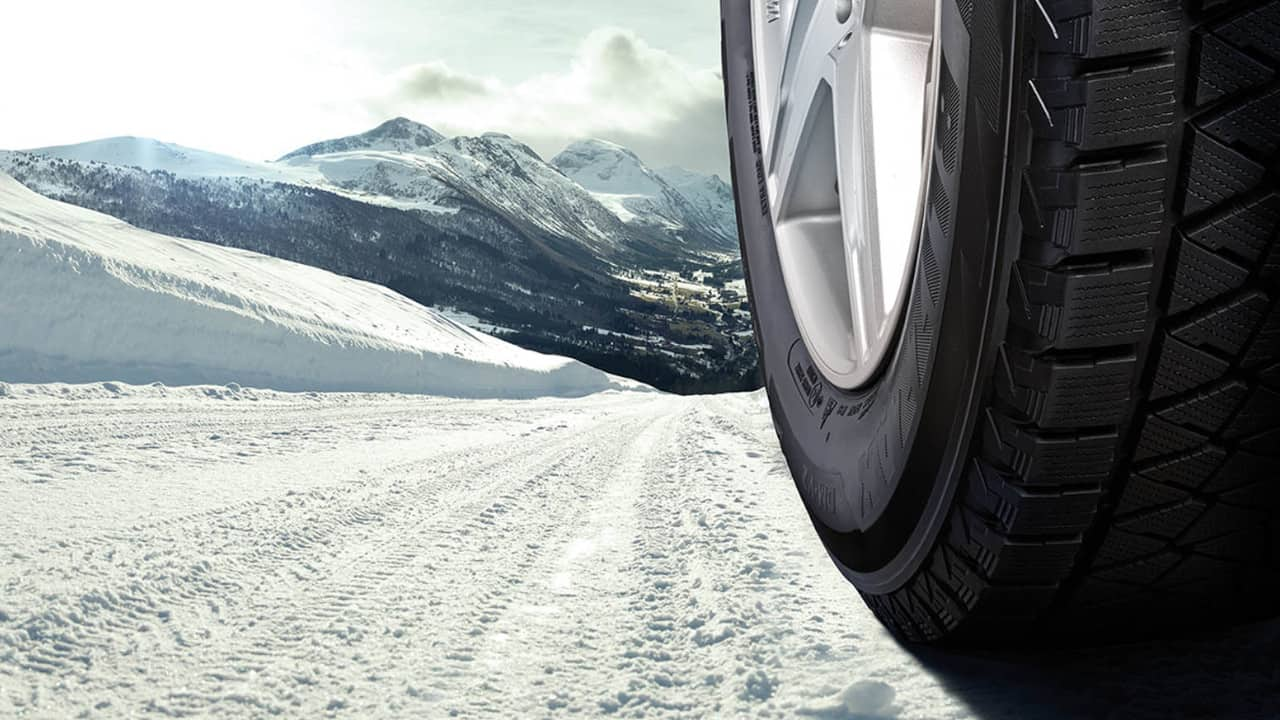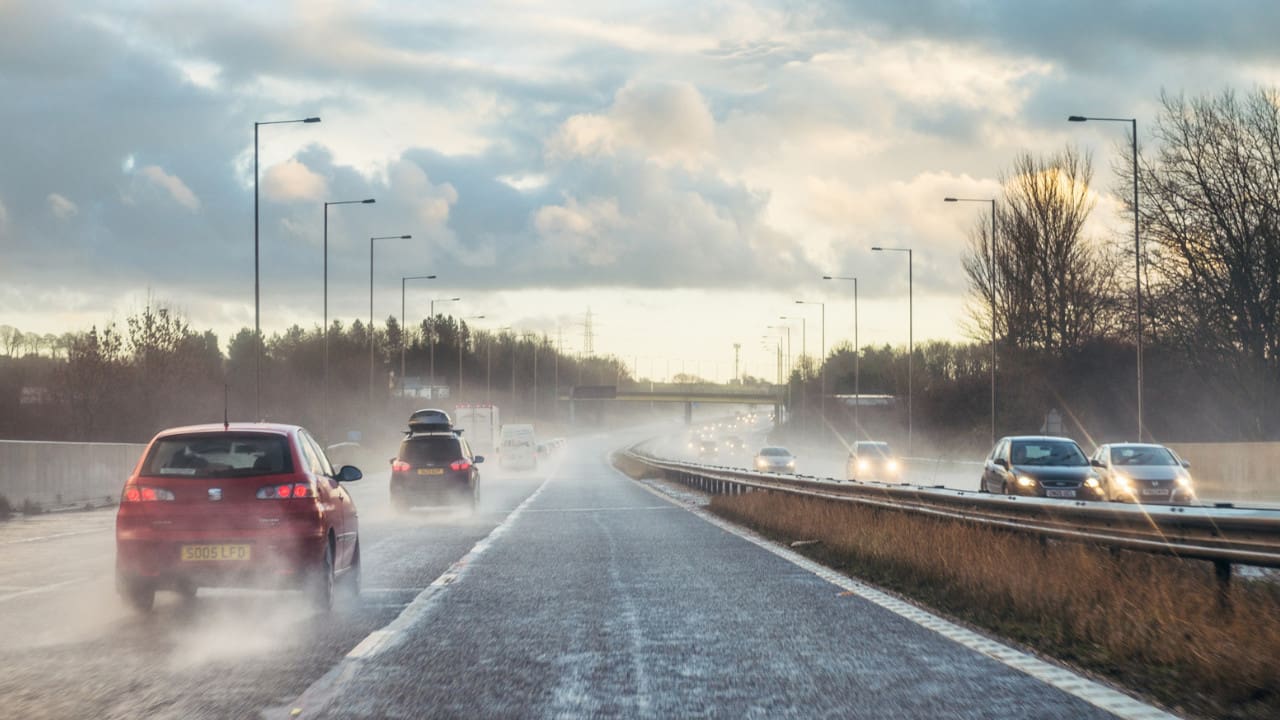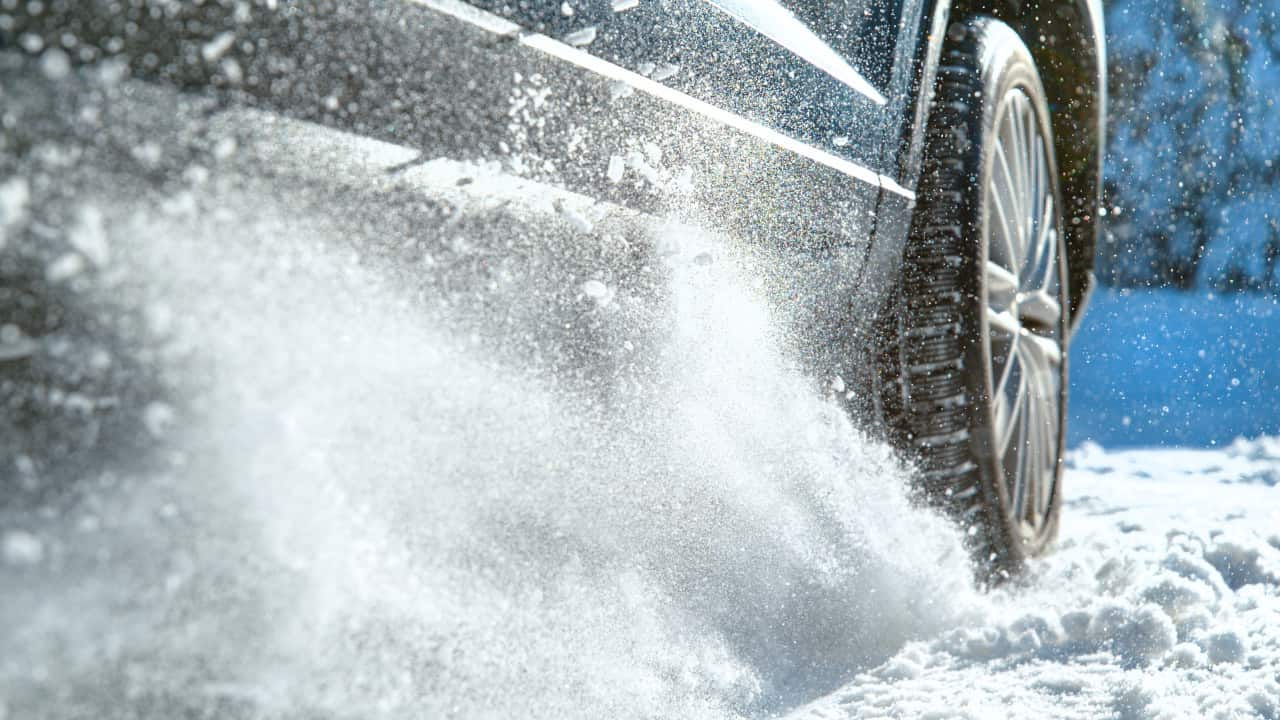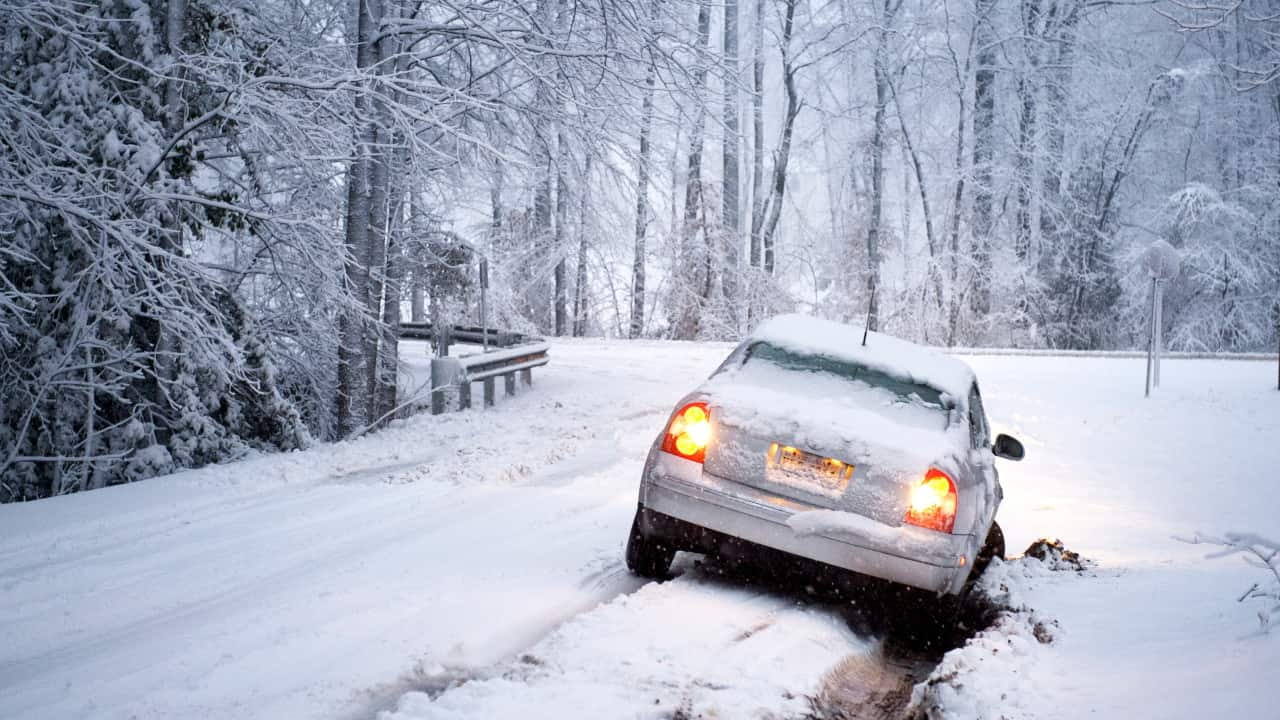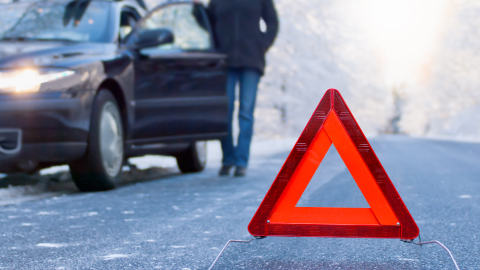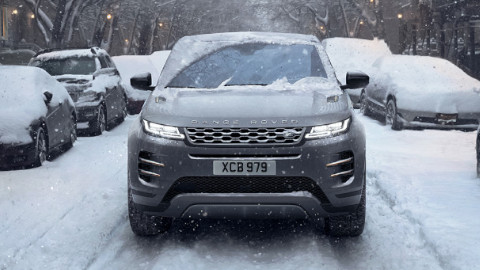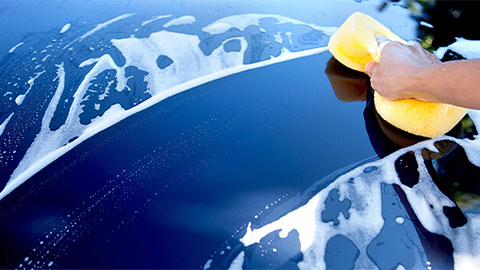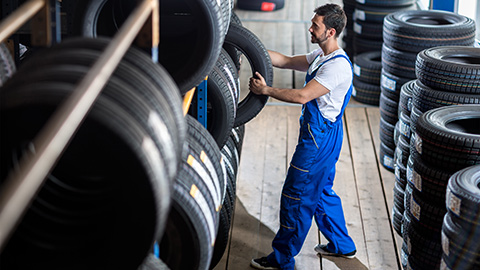How to Drive in Snow and Ice
02nd Nov 2023
By Ellie Brown
Driving in snow and icy weather
The arrival of winter in the UK can bring a range of challenges for those who rely on their vehicles to get around. To ensure safety on the road in snow and icy weather conditions, it's important to be prepared before setting off on your journey.
We'll cover the essential steps to take before you start your journey, safe driving practices for these conditions, understanding stopping distances, and how to handle black ice.
Contents
- What to do before driving in snow and ice
- Driving in snow and icy conditions
- Do I need winter tyres?
- Stopping distance in snow and ice
- How to drive on black ice
- What to do if you get stuck in snow
- Frequently asked questions
What to do before driving in snow and ice
Before venturing out onto snowy or icy roads, it's crucial to prepare your vehicle and yourself for the challenges that lie ahead. This preparation can ensure you're staying safe on the road, whilst also maintaining a calm and relaxed peace of mind.
- Avoid driving: If the weather is severe and your trip isn't essential, consider postponing or finding an alternative mode of transportation.
- Plan your route: Check the weather and road conditions before heading out. Make sure you stick to main roads and are aware of any road closures, accidents, or traffic delays.
- Check your tyres: Examine your tyres for the proper tread depth and inflation. Winter tyres are recommended for better traction in snowy and icy conditions.
- Check your wipers and screenwash: Ensure that your wipers are functioning correctly, and your washer fluid is topped up. Good visibility is essential for safe winter driving.
- Emergency kit: Prepare an emergency kit that includes non-perishable food, water, a torch, and a phone charger. It's better to be over-prepared than underprepared in harsh conditions.
- Clear all snow and ice: Remove all snow and ice from your vehicle, including windows, mirrors, headlights, and the roof. This enhances visibility and prevents snow from blowing onto other vehicles.
Driving in snow and icy conditions
When you're behind the wheel in snowy and icy conditions, driving requires a different approach.
We'll delve into the necessary driving techniques, including how to handle slippery roads, adjust your speed, and maintain control while navigating through snow and ice.
Reduce your speed
One of the most fundamental rules for safe winter driving is reducing your speed and driving as smoothly as possible.
Slowing down and accelerating gently is essential because it gives you more time to react to sudden changes in road conditions, helping to prevent accidents and maintain control of your vehicle.
Start in second gear
When starting your vehicle in slippery conditions, it's often beneficial to begin in second gear rather than first. The idea behind this practice is to reduce the torque delivered to the wheels when you start moving, minimising the risk of wheelspin.
By selecting second gear, your engine produces less power, which encourages a more gradual and gentle acceleration. This cautious approach is essential on slippery surfaces, where sudden or aggressive acceleration can lead to a loss of traction and control.
Some manual and automatic cars also have a setting for icy conditions, so check your vehicle and its owner's manual for this setting.
Use your brakes carefully
When driving in snowy or icy conditions, be mindful of your braking. Apply the brakes gently and progressively to avoid skidding or losing control.
If your vehicle is equipped with an anti-lock braking system (ABS), maintain steady pressure on the brake pedal, allowing the system to regulate the braking force. This cautious approach to braking helps prevent sudden stops and minimises the risk of accidents on slippery roads.
Use Your Headlights
Visibility is often reduced in snowy or icy conditions. Keep your headlights on, even during the day, to ensure that your vehicle is more visible to others on the road.
This simple step can help prevent accidents and improve overall road safety in winter weather.
What to do if you start to skid
Skidding is a common hazard on icy and snowy roads. If you find your vehicle skidding, remain calm and steer in the direction of the skid to regain control.
Avoid overcorrecting, release the accelerator, and apply the brakes gently if necessary. Remember that maintaining composure and using gentle, precise actions can help you navigate skids and stay safe in winter conditions.
Do I need winter tyres?
Winter tyres aren't a legal requirement in colder months, but they can certainly be beneficial. However, if you live in areas prone to cold temperatures, snow, or icy conditions during the winter, or if you prioritise safety, investing in winter tyres can be a wise choice.
Winter tyres are specifically designed to excel in low temperatures and on slippery surfaces, offering improved traction and shorter stopping distances. While not obligatory, they can significantly enhance your safety and control when driving in challenging winter conditions, making them a valuable addition to your vehicle for the winter months.
Stopping distance in snow and ice
Stopping distances play an important role in safe winter driving, and understanding their value is key to staying safe on icy and snowy roads.
A stopping distance is the distance your vehicle travels from the moment you decide to stop to the moment it comes to a complete standstill. In winter conditions, stopping distances can be significantly longer than on dry roads, which makes them a central concern.
How to drive on black ice
Driving on black ice can be extremely dangerous, as it's nearly invisible and offers very little traction. Here are some essential tips on how to navigate black ice safely:
- Stay calm: If you encounter black ice, remain calm and avoid making sudden or jerky movements. Panic can exacerbate the situation.
- Brake gently: Avoid slamming on your brakes, as this can cause your wheels to lock up, leading to a loss of control. Instead, apply the brakes gently and gradually.
- Accelerate slowly: Refrain from rapid acceleration, as it can lead to wheelspin and skidding. Gradually and smoothly apply the gas to move forward.
Remember that black ice is extremely hazardous, and the best way to drive on it is with caution and restraint. If you can avoid driving in these conditions, that's the safest choice.
What to do if you get stuck in snow
If you find yourself stuck in snow, the key is to stay calm and methodical. First, assess your surroundings to ensure safety, then clear the snow from around your tyres. Use traction aids like sand or cat litter if available.
Gently rocking the vehicle by shifting between forward and reverse gears can also help, as well as applying the gas slowly to avoid wheel-spinning, and considering a low gear for better control.
If your attempts are unsuccessful, don't hesitate to ask for help and, in the meantime, stay warm and keep emergency supplies handy. Remember, your safety is paramount; if conditions are severe, it's best to wait for professional assistance rather than risking your safety further.
Frequently Asked Questions
Most tyres have the ability to handle light winter conditions, but they're not as effective as dedicated winter tyres in heavy snow and ice. For the best traction and safety, consider using winter tyres.
If your vehicle begins to skid, steer in the direction you want to go and gently apply the brakes. Avoid overcorrecting, as this can make the situation worse.
Fitting snow chains to your vehicle is a good idea if you live in an area prone to heavy snow. They can provide extra traction in extreme conditions, but make sure you know how to install them properly.
In snow, it's advisable to start in second gear with a manual transmission to minimise the risk of wheel spin when accelerating from a standstill on slippery surfaces. Shift to higher gears as you gain traction and momentum, but be prepared to downshift when necessary for better control and slower deceleration.
Book your free winter car check with Evans Halshaw
Driving in winter can be a challenge, and it's important for all drivers to take the necessary precautions. By following the tips and guidelines provided in this blog, you can equip yourself with the knowledge and skills to navigate the coldest months safely.
However, if you're still unsure about preparing your vehicle for winter or simply want some extra peace of mind, consider booking a free winter car check. Your safety on the road is paramount, and by staying proactive and informed, you can enjoy winter driving with confidence.


